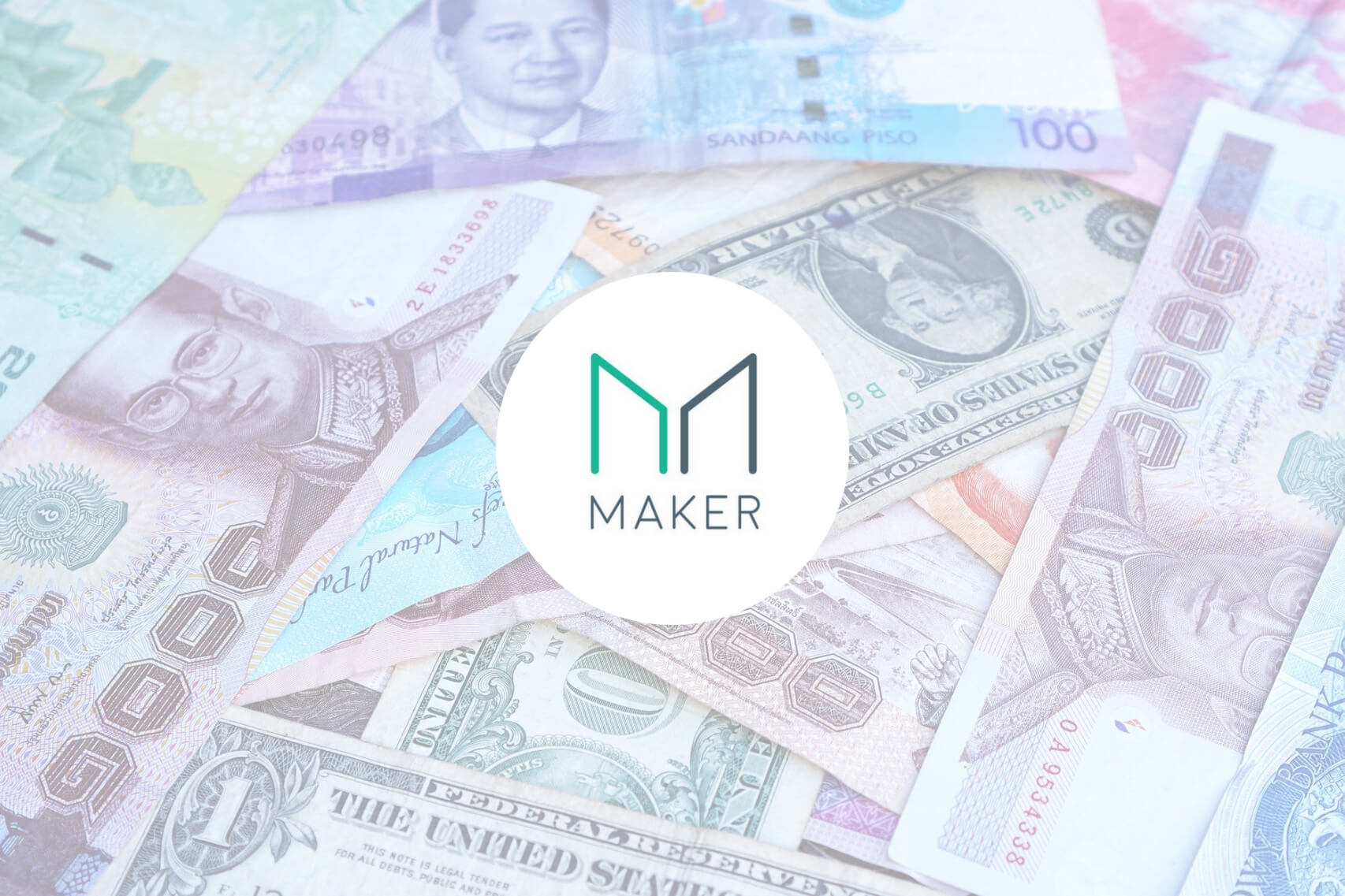Maintaining their record of consistency and professionalism, the Maker team open-sourced the code for the multi-collateral stable coin, the Dai, on September 17, right on schedule.
UPDATE ON MULTI-COLLATERAL DAI:
The code is ready and formally verified. The first time ever a major dapp has been formally verified.
Learn more: https://t.co/I9hkGH5A8v #FormalVerification #DAI $DAI $MKR #MKR— Maker (@MakerDAO) September 17, 2018
Maker actually intended to have the Dai support multiple kinds of collateral from the beginning. However, since the implementation is so complex, they decided to stick with using only one type of collateral at first — ETH. The Dai launched at the end of 2017, and has been running smoothly ever since.
With the release of this new code, the Dai is moving into the next phase of its development, where collateral will be enabled in many more currencies beyond just ETH.
What is Dai’s Value Proposition?
If you read our introduction to Dai, you already know a bit about how Dai works, but what can it be used for, and what difference does it make if it is single collateral or multi-collateral? Also, Dai usually requires a minimum of 150% collateral –so who would lock up $150 worth of ETH in exchange for $100 worth of Dai?
It’s clear why a stable coin like Dai would be useful — but how do you get people to back it with collateral in a decentralized manner?
To put it as simply as possible, Dai uses people’s love of gambling as an engine to create a stable, decentralized cryptocurrency. Seems contradictory, right? Usually, it is wild speculation causing fluctuation on the markets.
Decentralized Margin Trading
Essentially, this is a type of decentralized margin trading.
Margin trading means that somebody borrows money to try to guess what the market is going to do. It means they multiply their profits if they’re right — or multiply their losses if they’re wrong.
Normally, margin trading takes place with a centralized broker or exchange — after being approved, you are given a line of credit, and can leverage your trades. Excessive margin trading contributed to the 1929 stock market crash which was part of what led to the Great Depression.
If you already have a solid understanding of margin trading, this information isn’t new to you but for those who don’t, it’s important for understanding why the Dai’s shift from single-collateral to multi-collateral is a big deal.
It allows for more complex trading strategies, since the people putting up the collateral can have a wider spread of different assets — and all with complete decentralization.
The Inspiration for Bitcoin

The reason the biggest building in many cities around the world is owned by a bank is simply that banks can create money out of nothing, in the form of debt.
Of course, as the saying goes, easy come, easy go. In the 2008 financial crisis, a chain reaction (no pun intended) caused hundreds of billions, or perhaps trillions, of dollars’ worth of value to disappear from the banks’ balance sheets. The Central Banks of the world responded by conjuring more money out of nothing and giving it to the insolvent banks, thus inspiring the creation of Bitcoin and the birth of the entire cryptocurrency space.
The Dai is taking the power to create money via debt and committing it to code. And the shift from single collateral to multi-collateral means that the amount of value that can be created by the Dai is going to be taken to the power of n.
For a lot of people, this is what the cryptocurrency revolution is all about — taking power from the hands of irresponsible bankers, and providing the same services via incorruptible, open-source protocols.
So far, Maker has announced support for at least 2 more currencies — OmiseGo (OMG) and Digix Gold (DGX). The new code base is designed to accommodate as many more additions as necessary.
Some prefer to have more diversified investment portfolios, but are still willing to risk their wealth as collateral for loans. DGX, for example, is a prominent gold-backed token, and gold is used by many as a hedge against instability and inflation.
With multi-collateral Dai, people have the option to engage in decentralized margin trading. Eventually you could use gold, real estate, utility tokens, and cryptocurrency as collateral — in other words, anything that can be tokenized can be used as collateral for a decentralized loan.
Big News for DEXes and DEX Fans
This has big implications not just for Dai, but for the whole cryptocurrency ecosystem — especially decentralized exchanges.
One of the major concerns driving demand for DEXes is having to hand over personal information to centralized exchanges in order to access their services. This makes providing credit for margin trading impossible.
Protecting personal information is not just important for the purposes of preventing identity theft — there have recently been kidnappings involving people known to have large amounts of cryptocurrency. So even if users of centralized exchanges don’t get their funds hacked, a leak of personal information of the kind that is becoming increasingly common is also a serious cause for concern.
Besides this, it’s not hard to find stories of huge amounts of money being lost on centralized exchanges, from hacks, to scams, to funds being frozen due to government regulations.
Considering all this, a multi-currency, decentralized stable coin represents a major leap of innovation — it means adding a margin trading feature to every DEX.
Since the fee for using this feature is denominated in the Maker network’s native token (MKR), it could very well mean more demand for MKR. This would, of course, lead to upward pressure on price if the Dai continues to gain in popularity.
But with the success of Maker, like with every successful venture in cryptocurrency, a whole train of copycats is likely to follow in hot pursuit, trying to be the next big thing.

